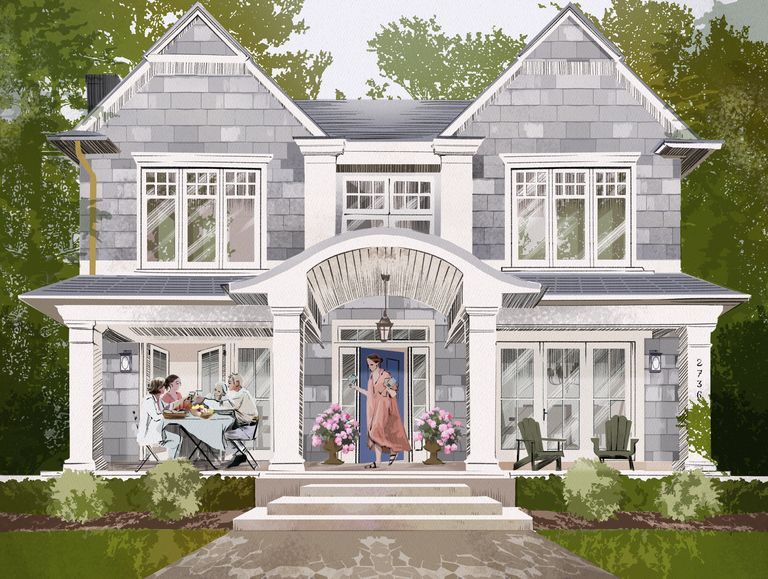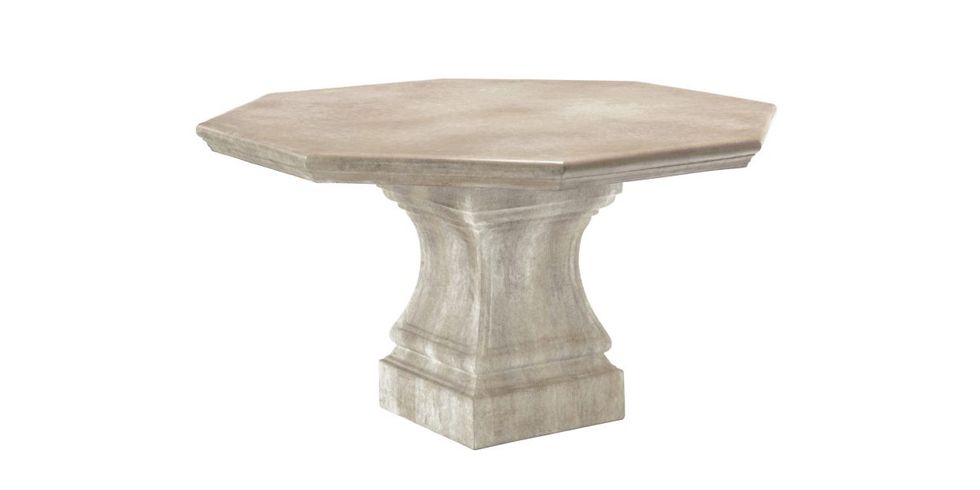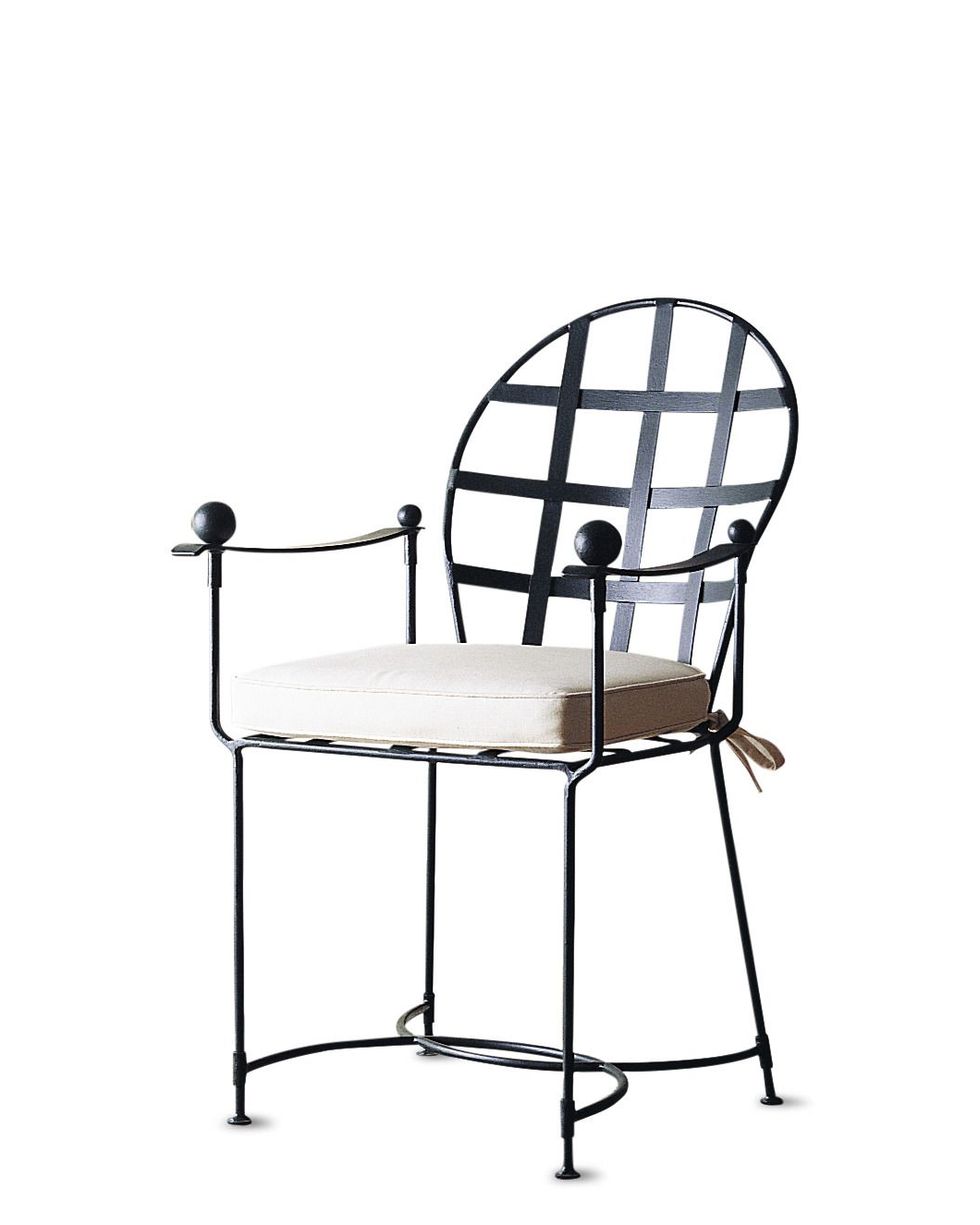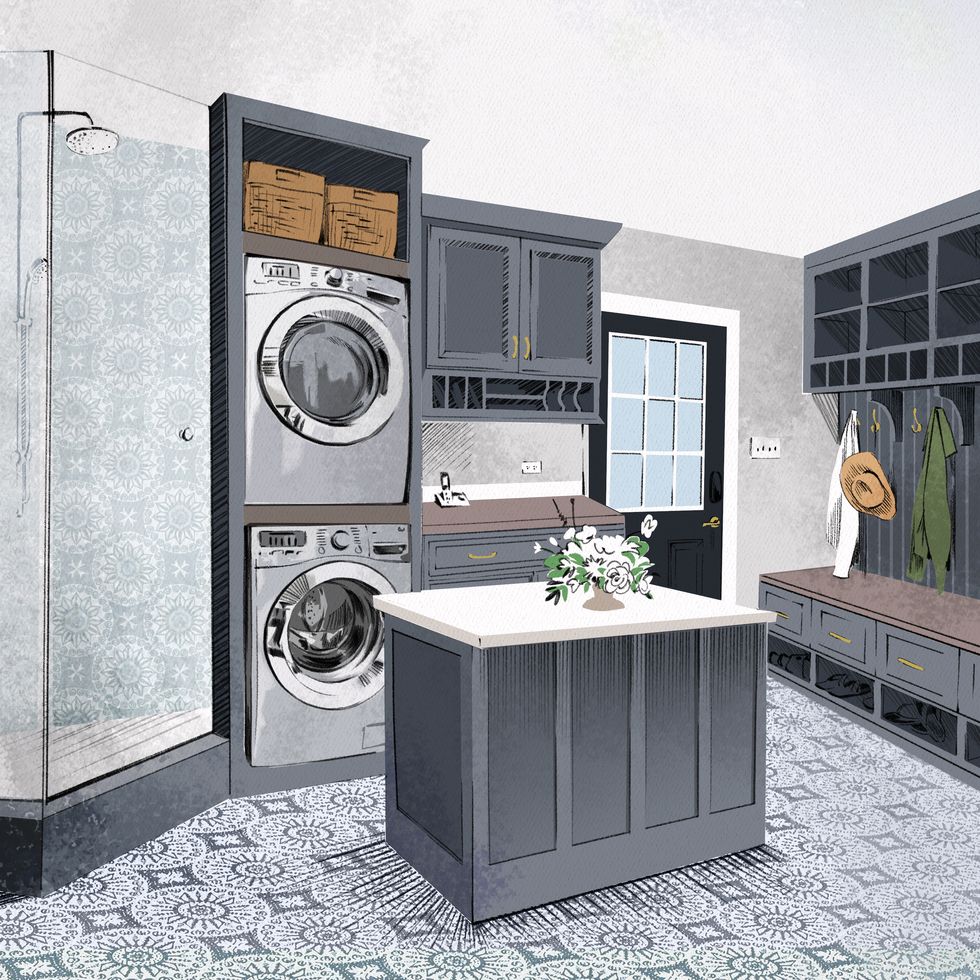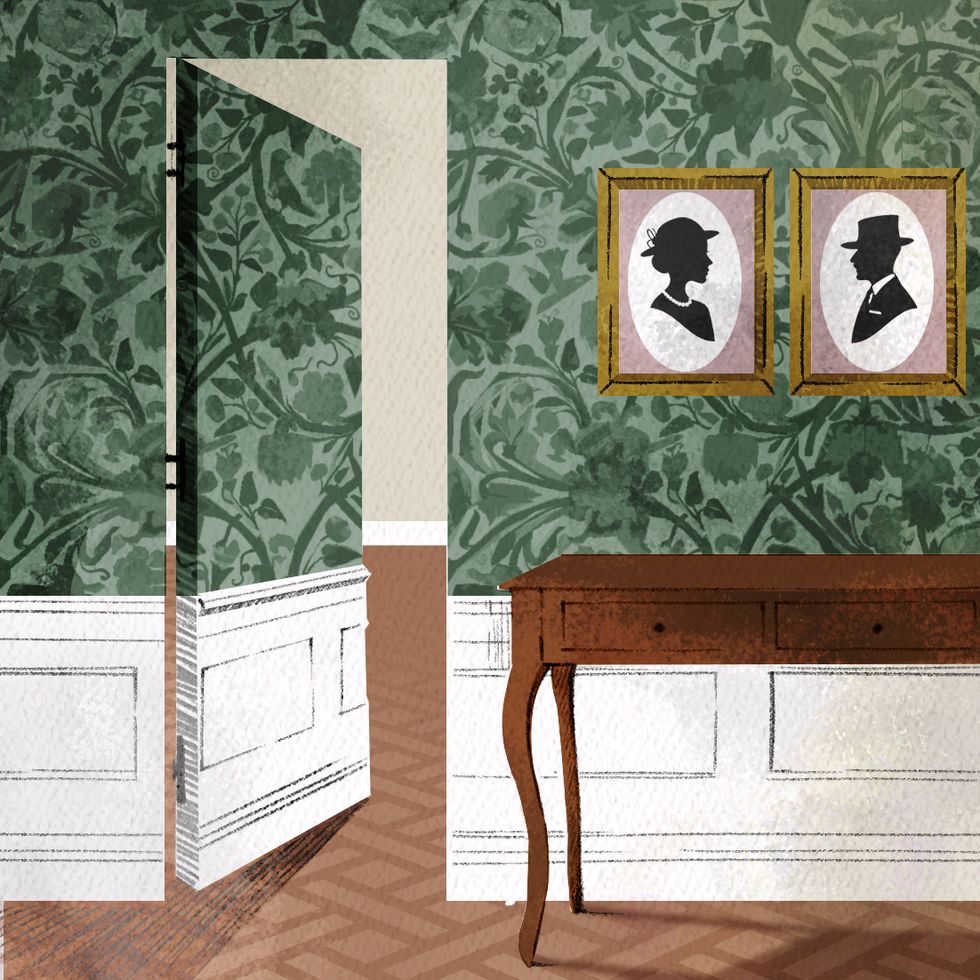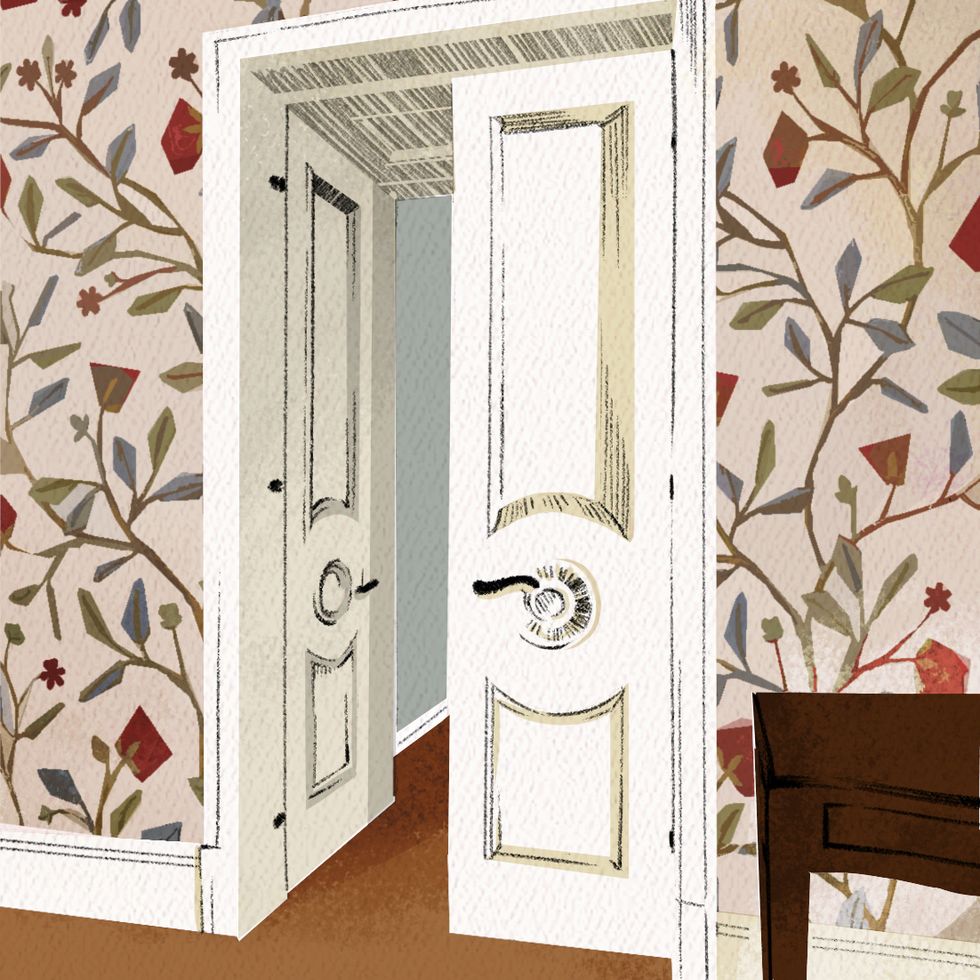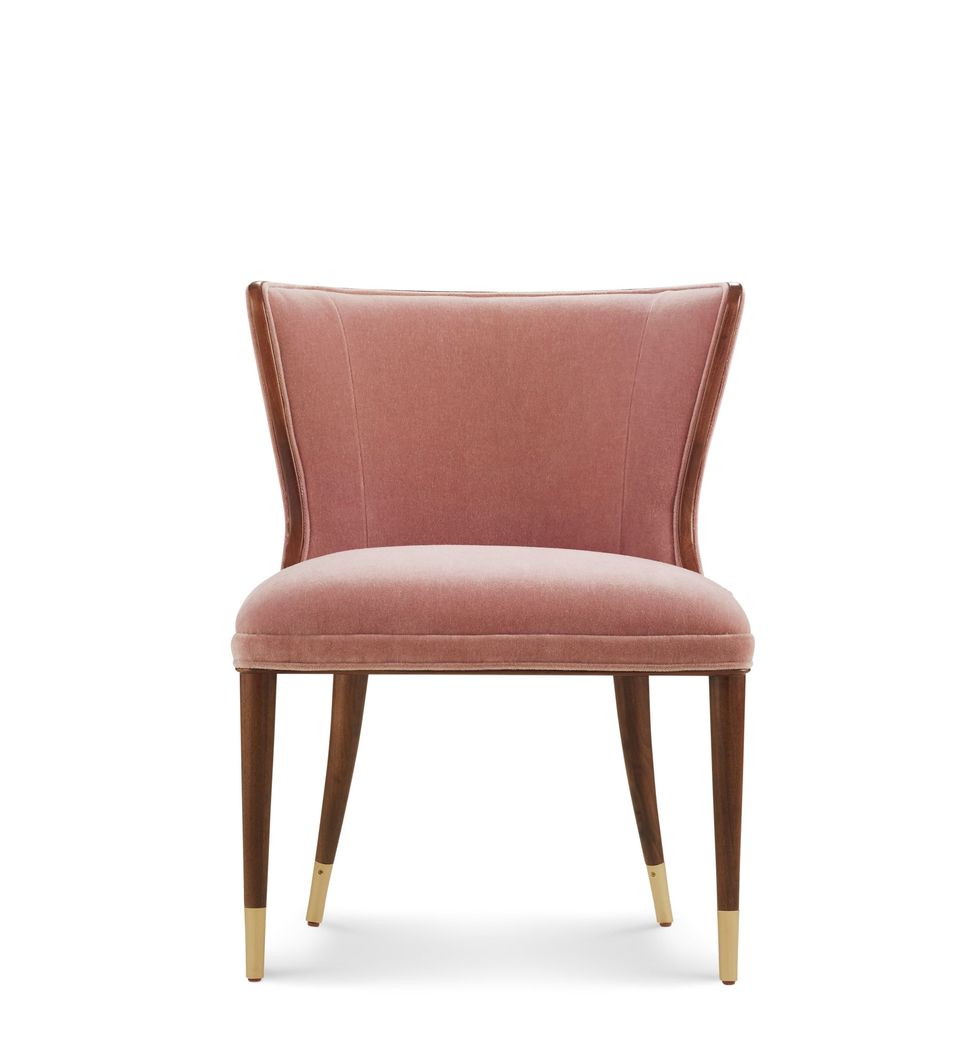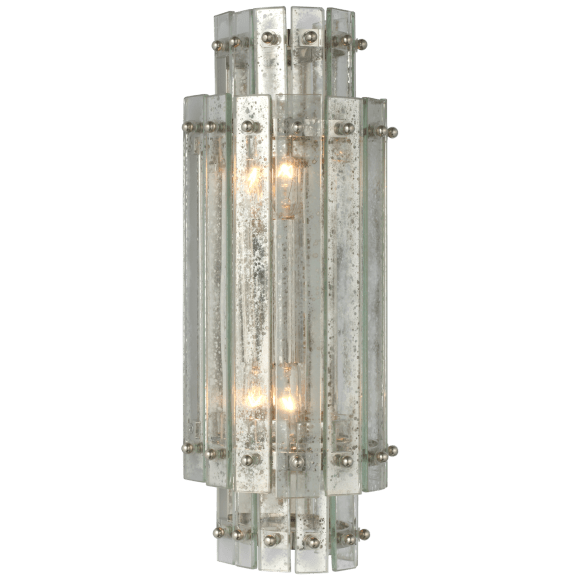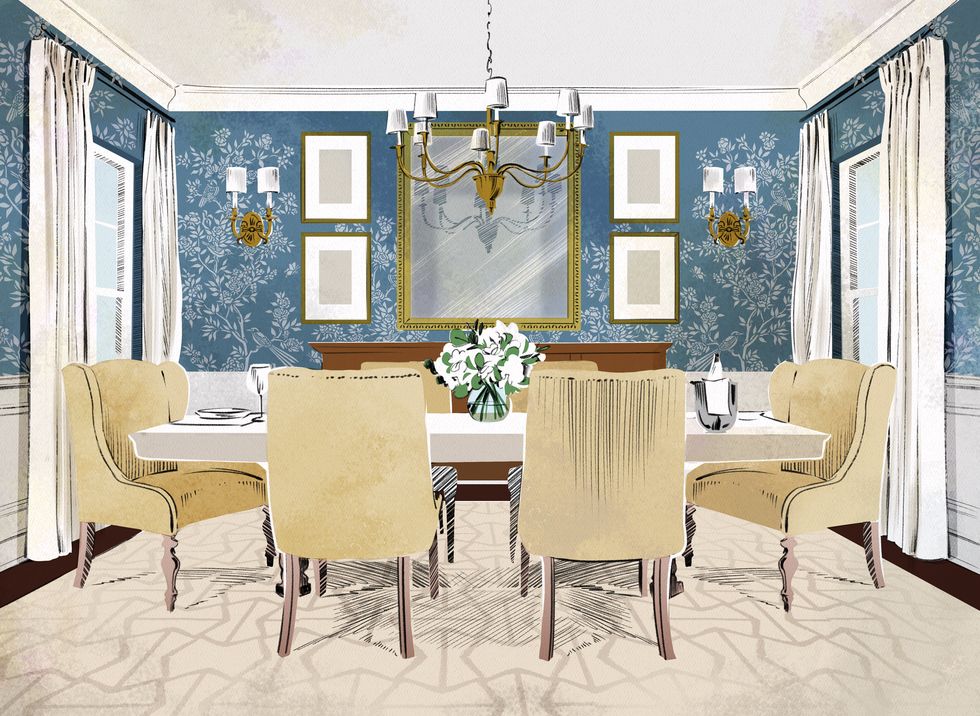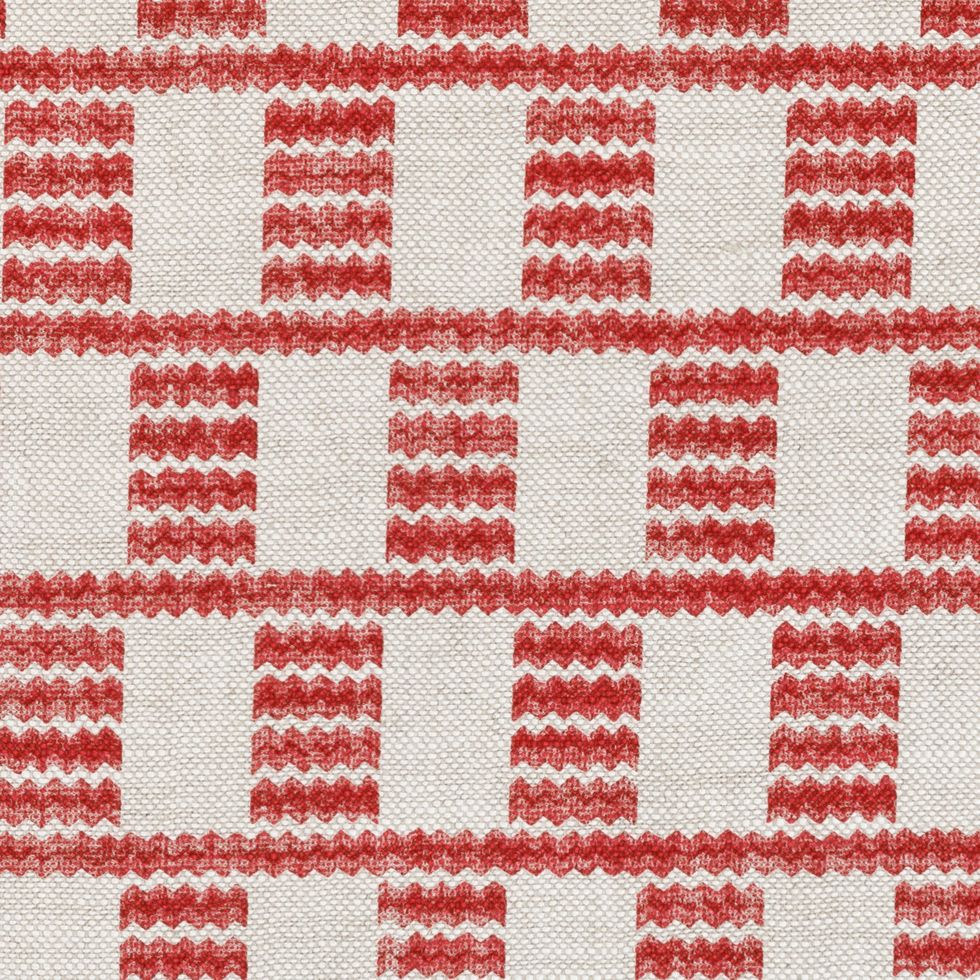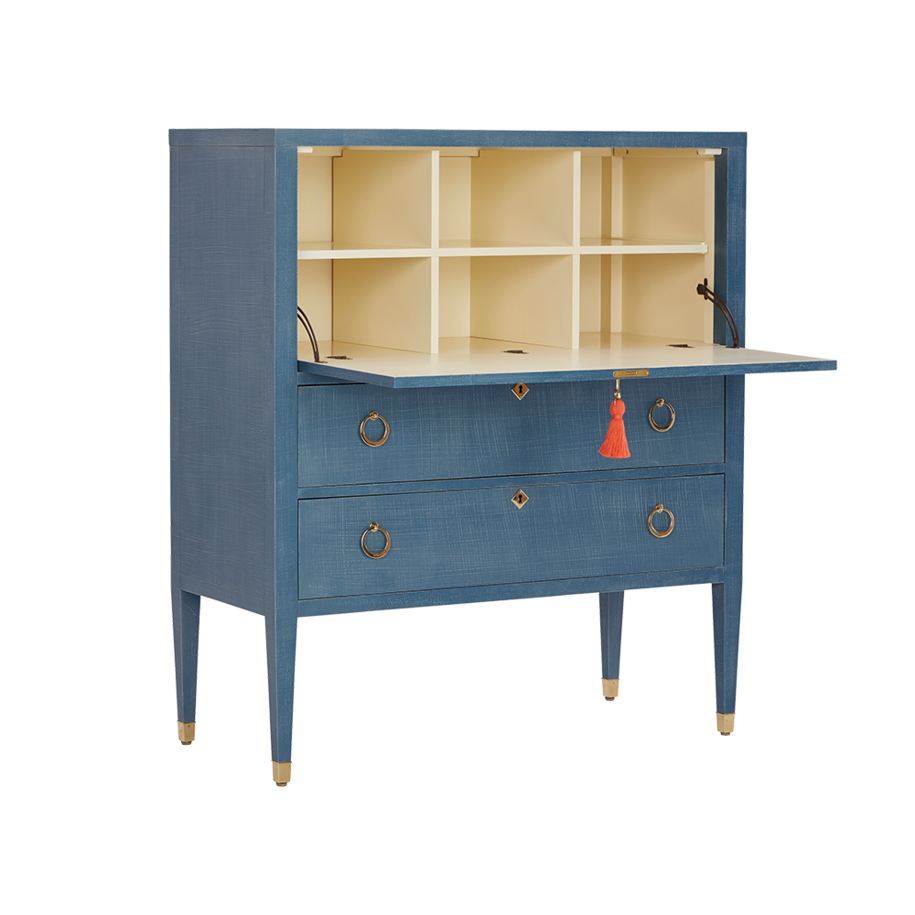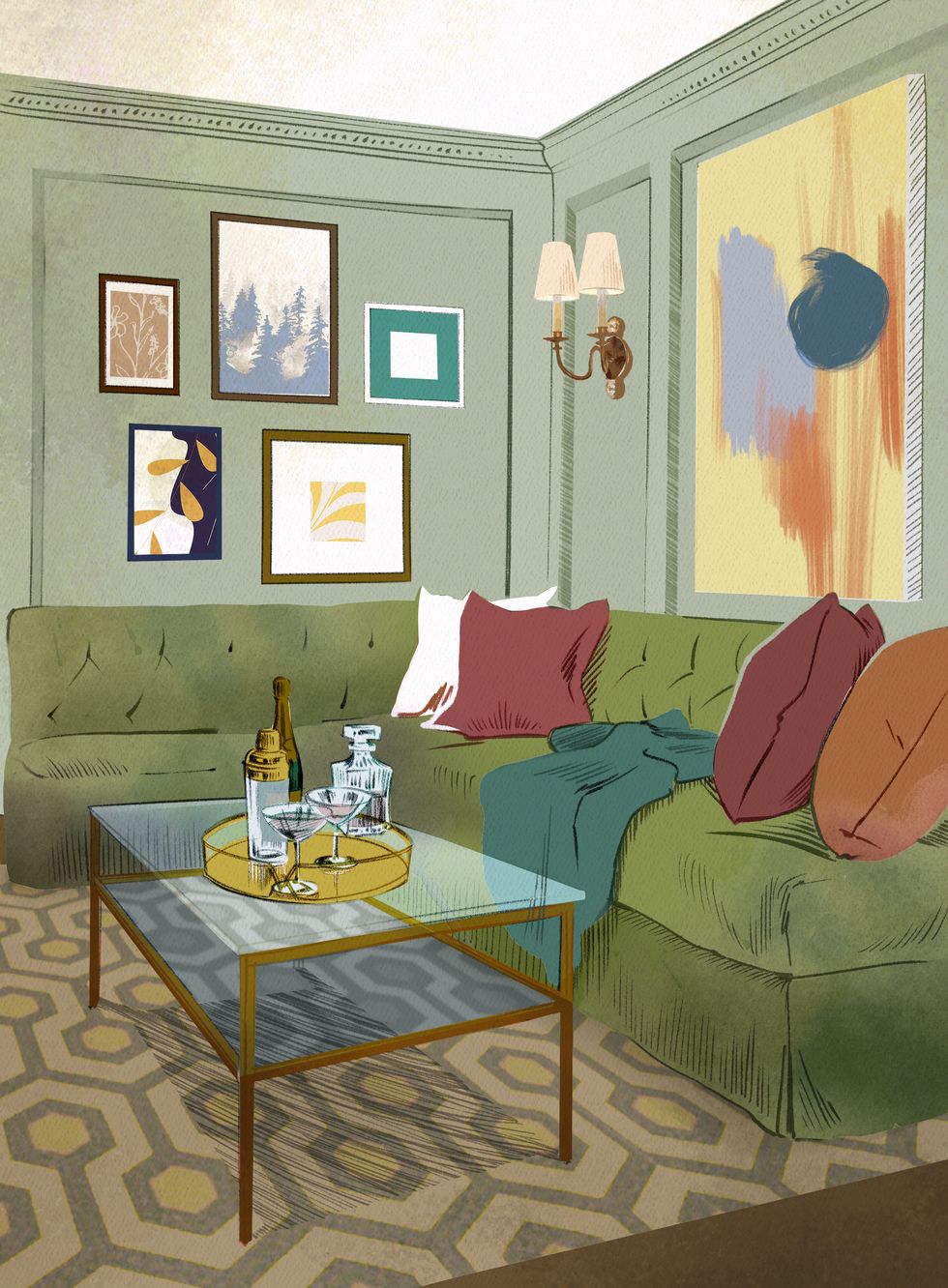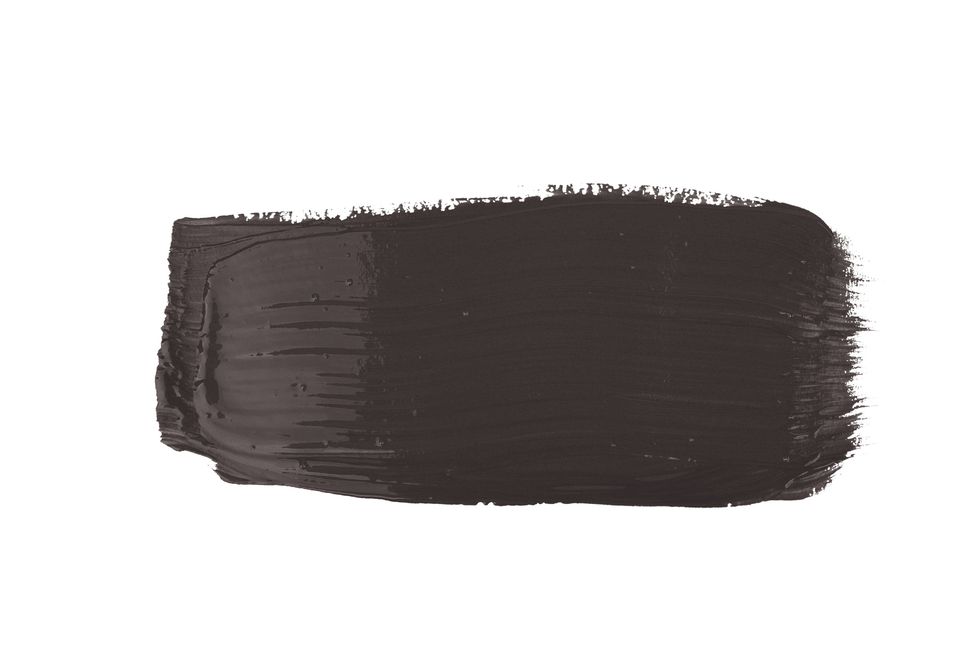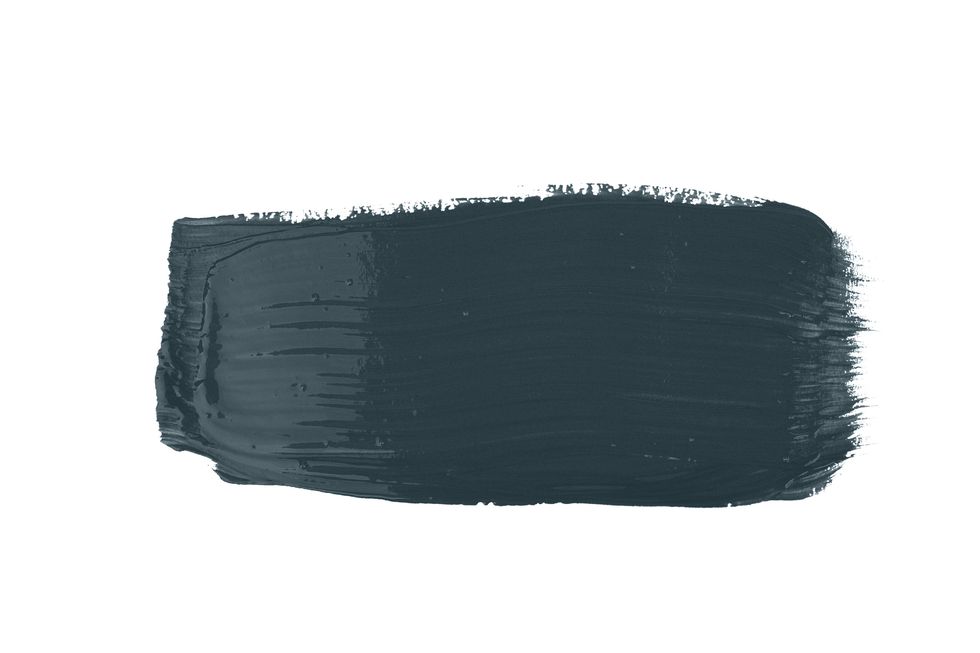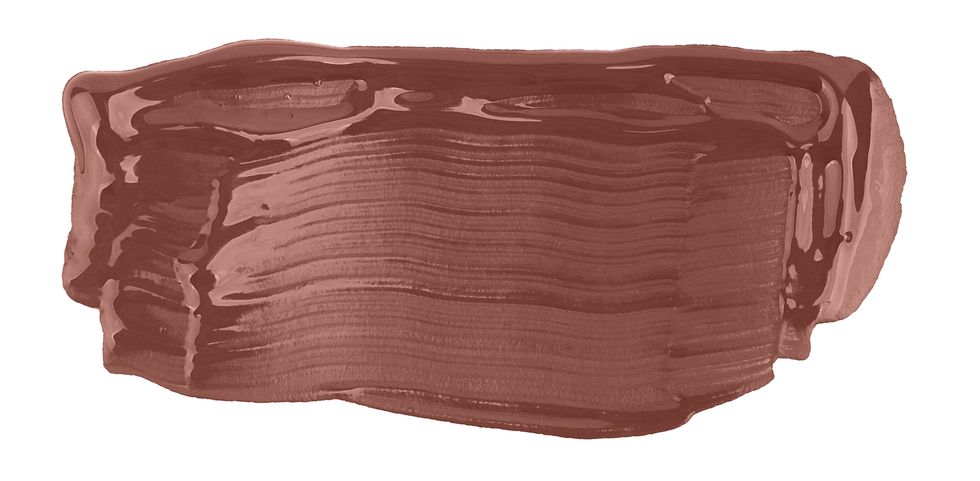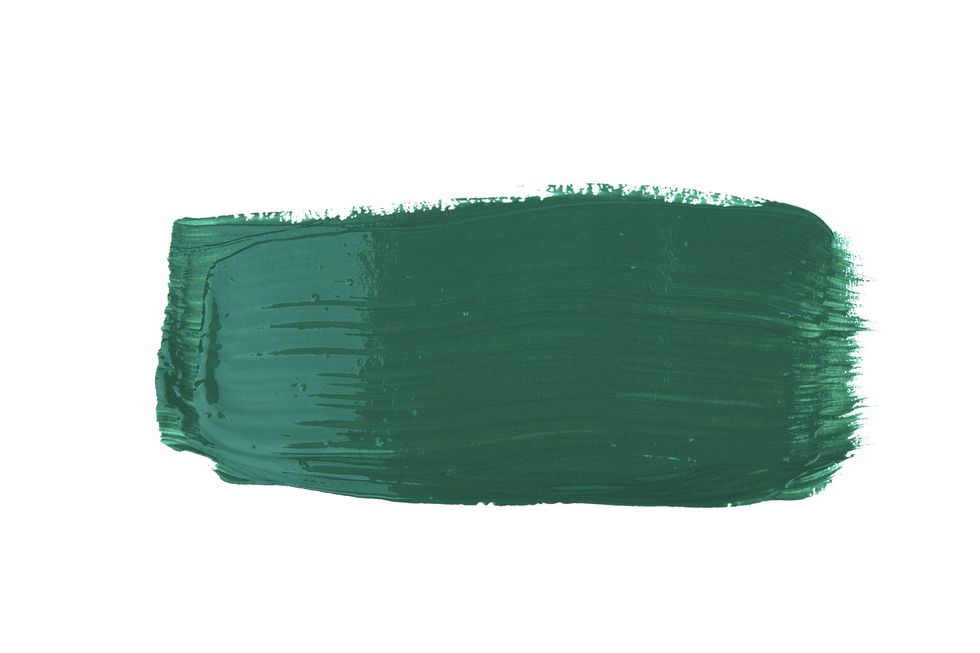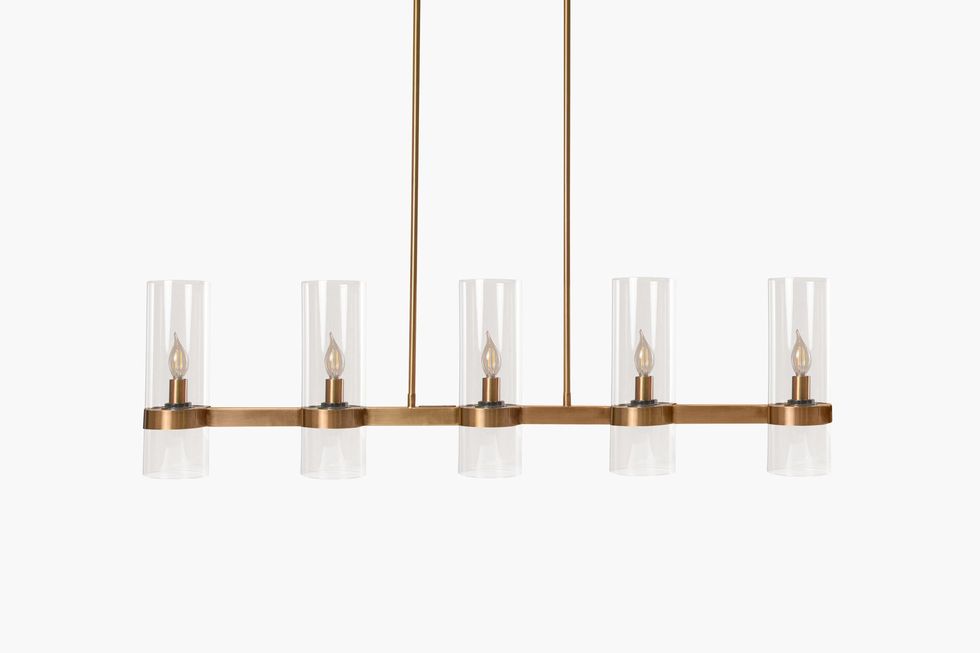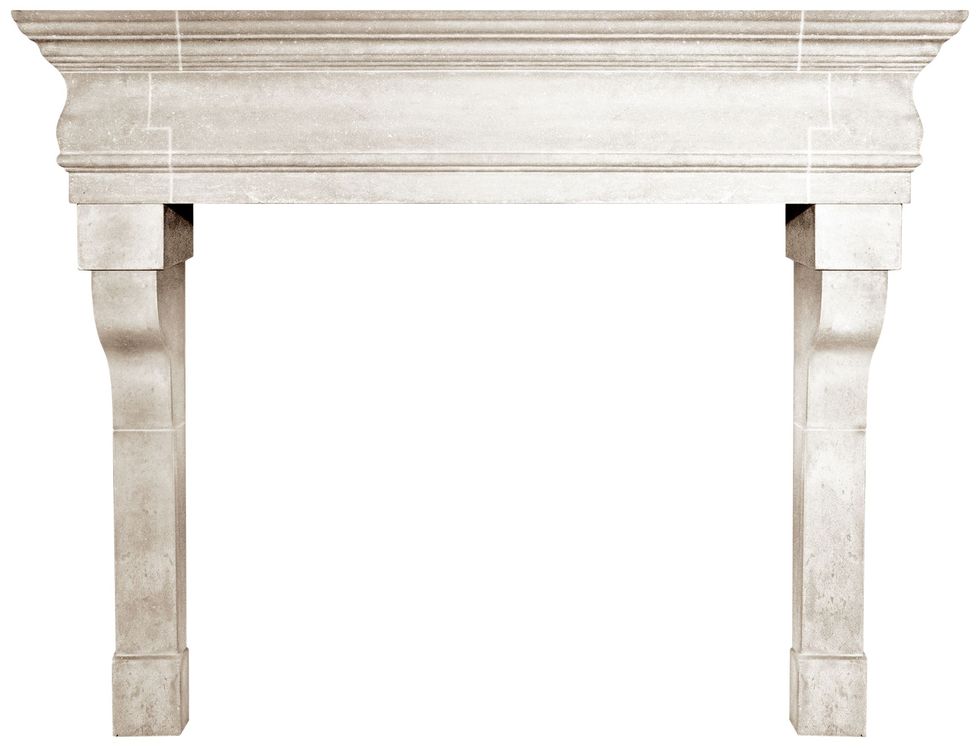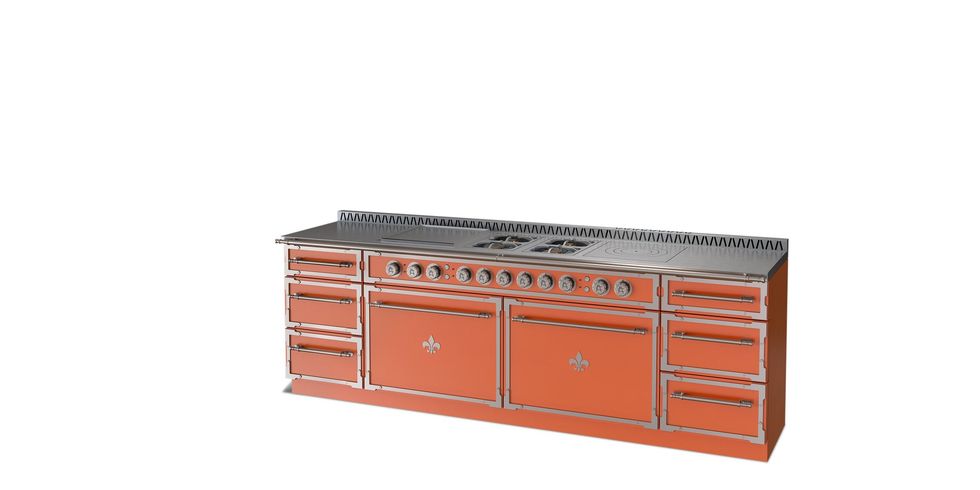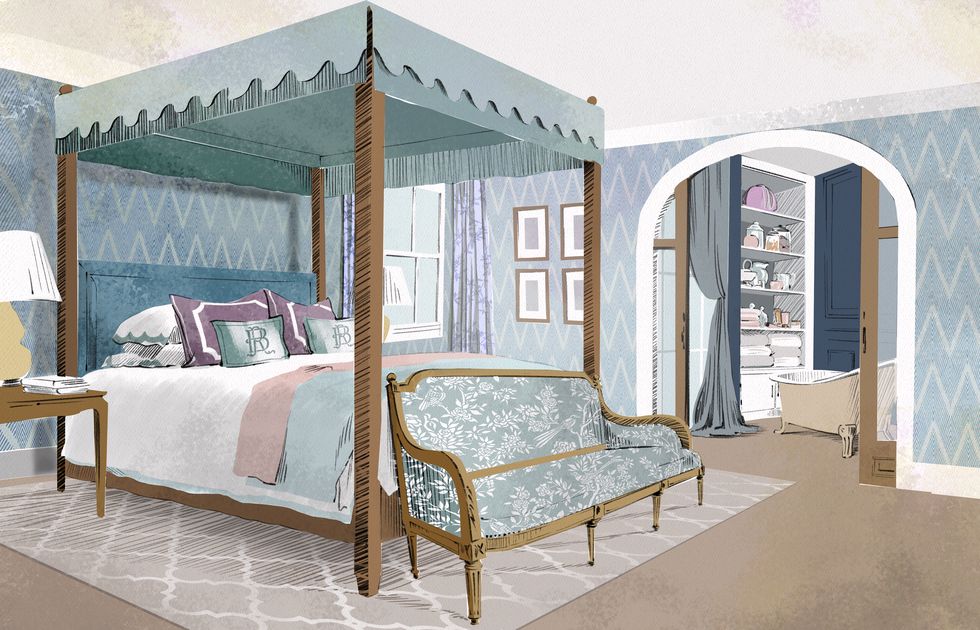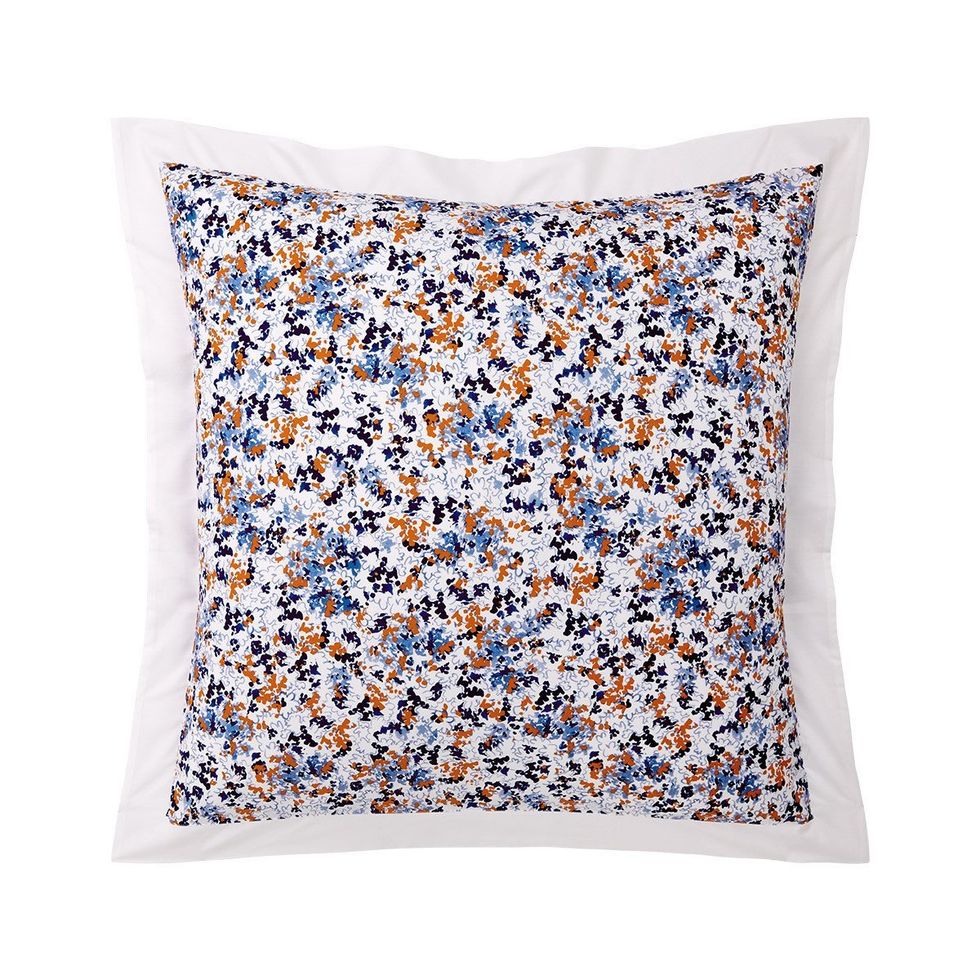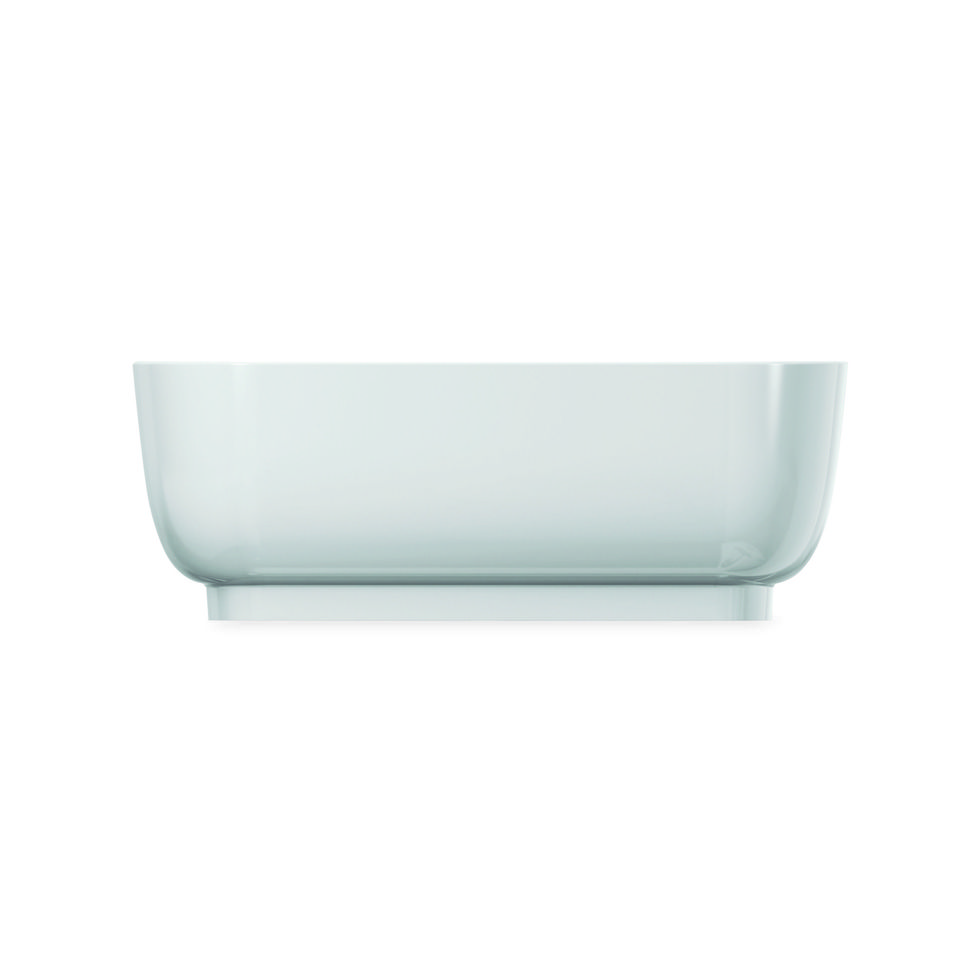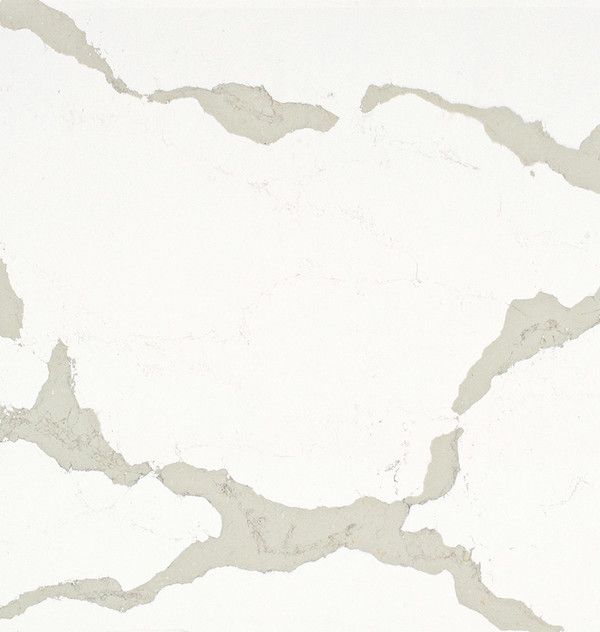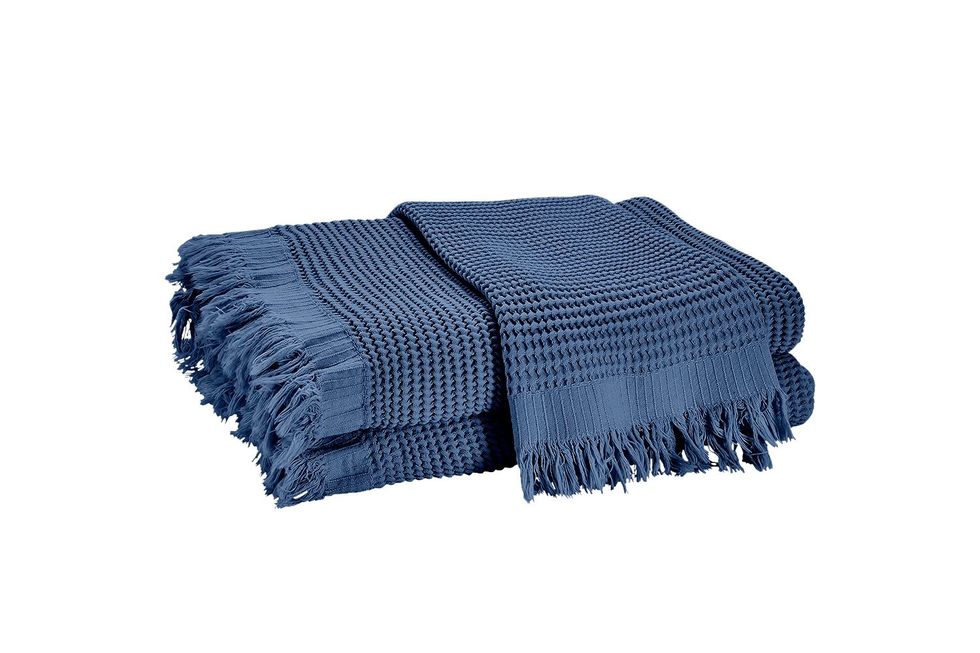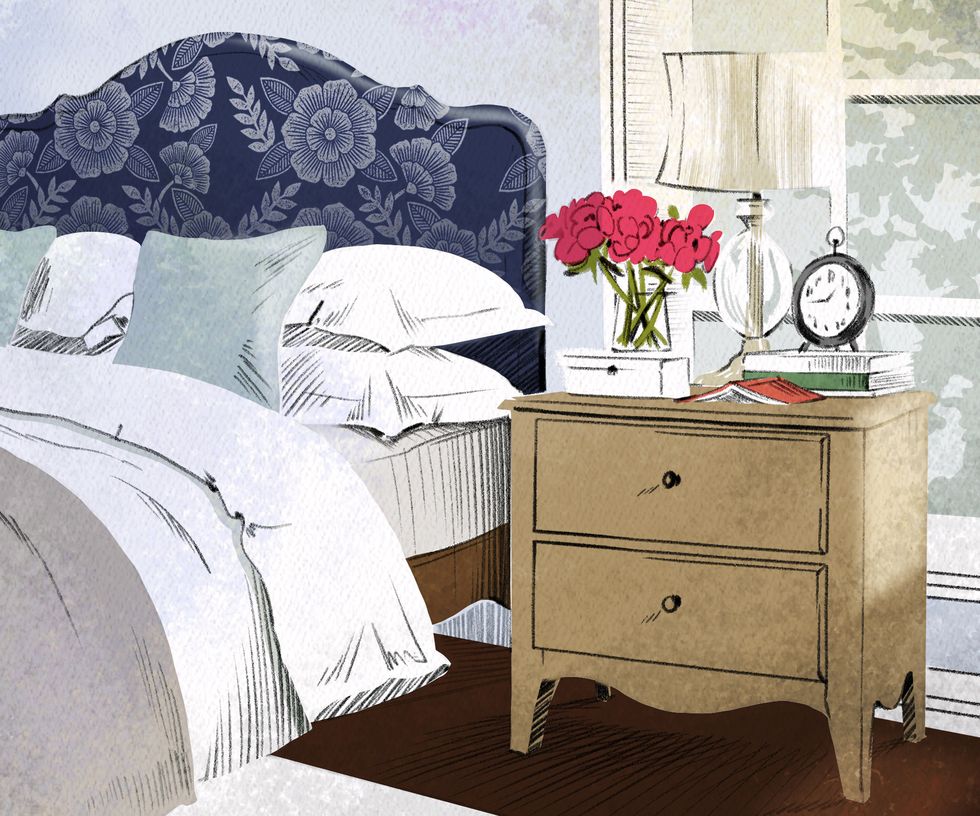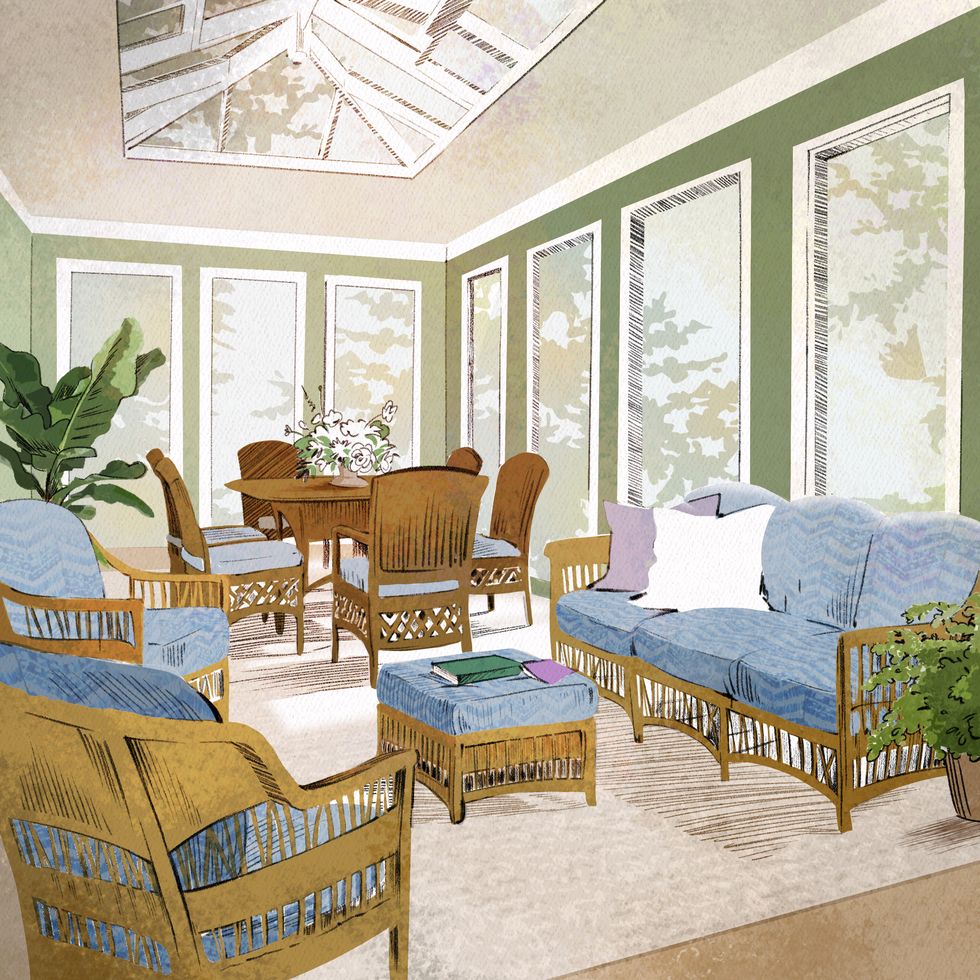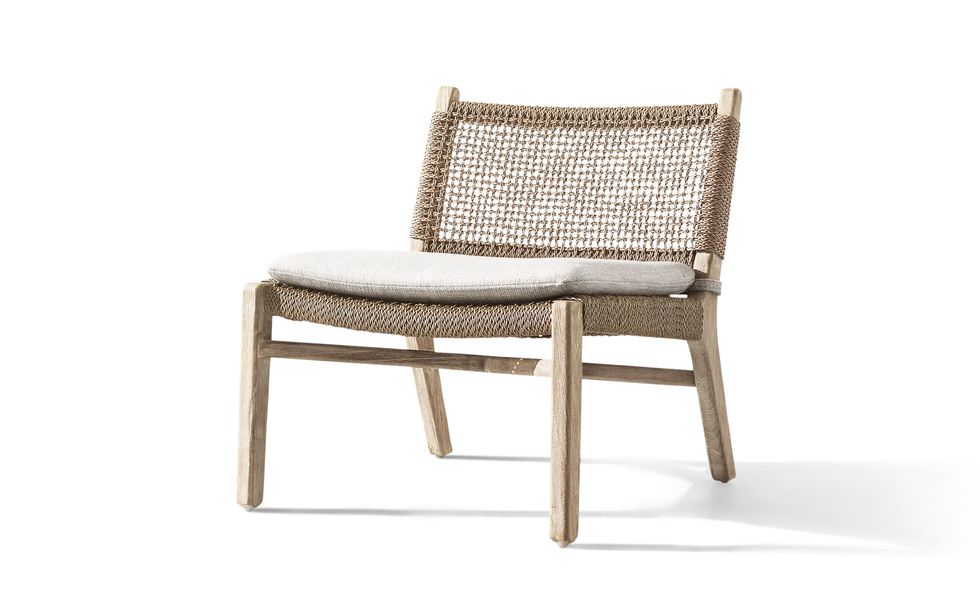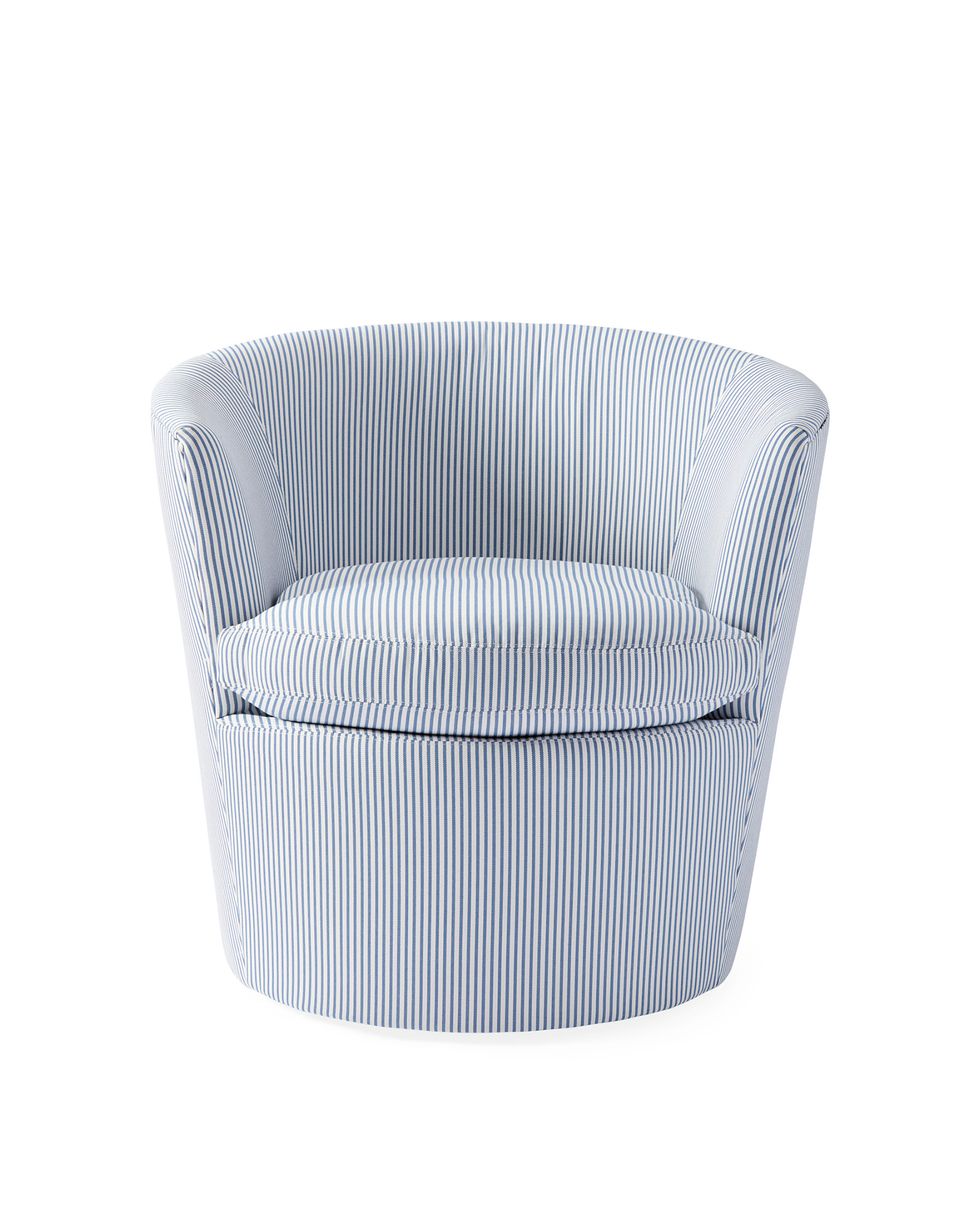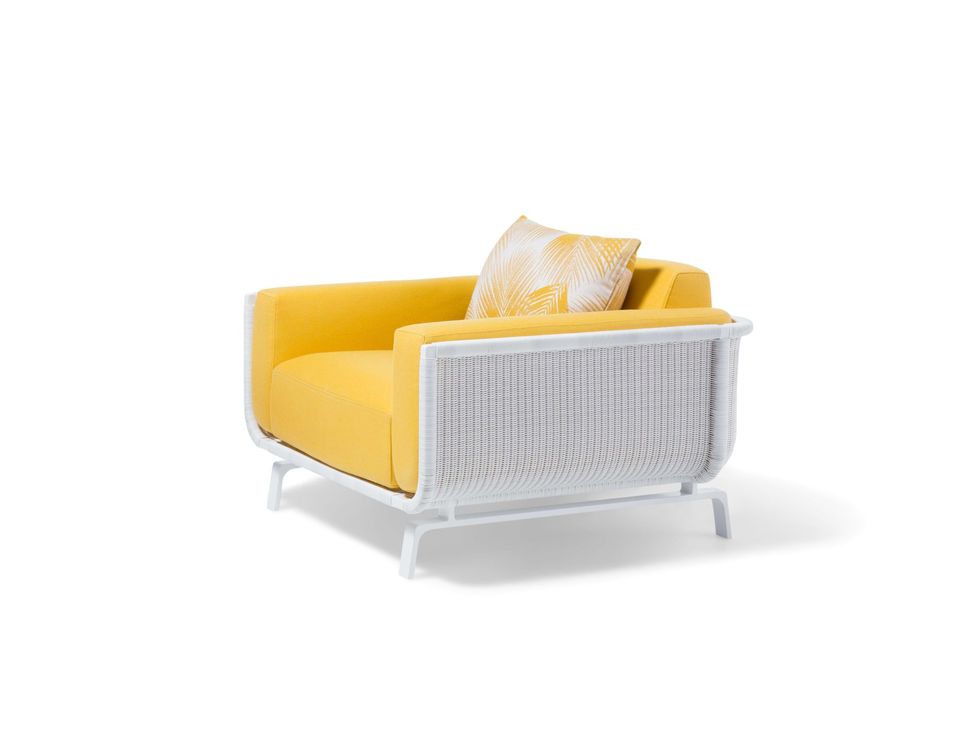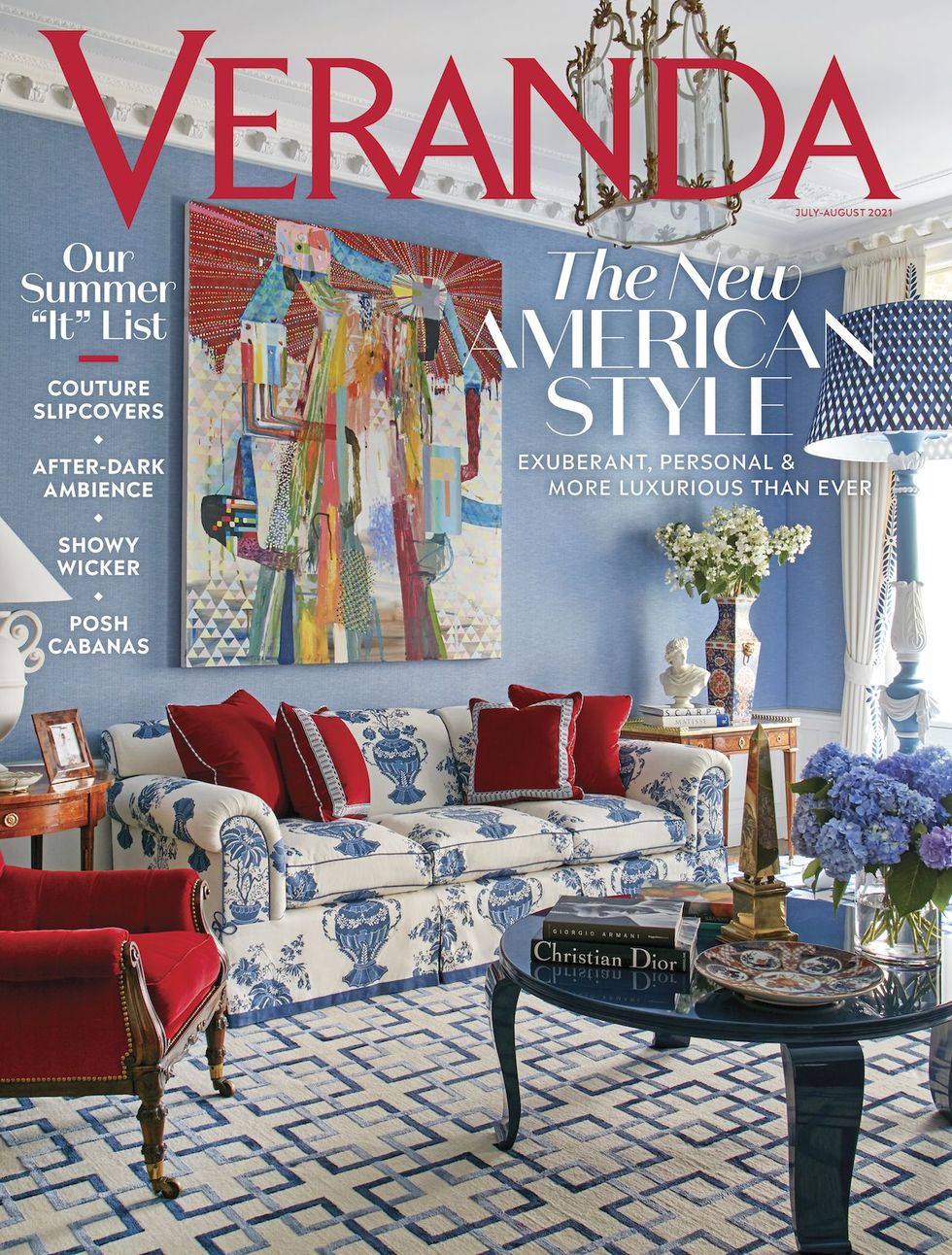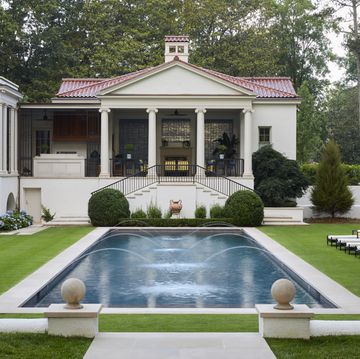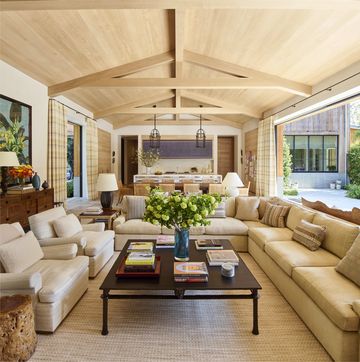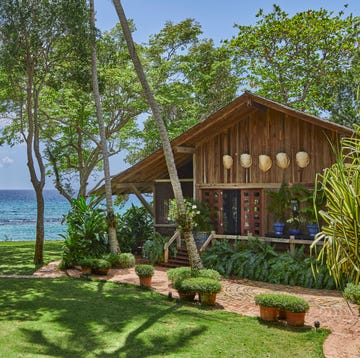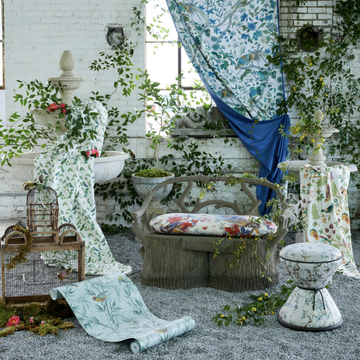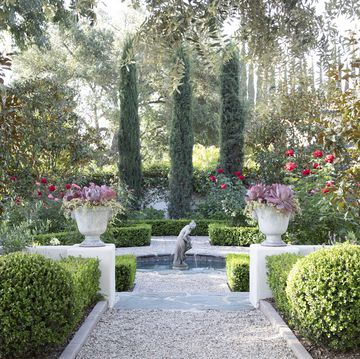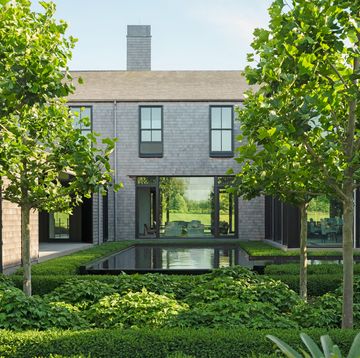After more than a year of quarantine life at home, even The Wizard of Oz’s Dorothy might click her twinkling heels and say, “There’s no place like a cocktail bar.” The pandemic certainly shaped how we live in our respective domiciles—and did so in real time. “Any dreams that people have been sitting on have in most cases gone active. What are we waiting for?” asks Atlanta architect Bobby McAlpine. “People who have busied themselves as we all have—traveling, and going, and chasing, and using our houses as places where we pick up our dry cleaning—have shifted tremendously. And I think in many cases, people learned how to be home and how to live in their houses.”
And yet the ideal of the American home was already in flux, shifting, as it does, from one decade to the next. To examine just how much our desires and priorities have changed, we polled more than 170 architects and designers on everything from mudroom must-haves to how we host guests. The results are in. Welcome home, where the party’s just beginning.
Dazzling First Impressions
The front yard is the new social zone, says Houston designer J. Randall Powers, who is seeing a resurrection of 1960s-era block parties, with kids and parents (wine glasses in hand) coming together out front and in the street. As a result, clients are asking for street-facing landscapes to be as “knocked out” as their interior rooms, an idea for Powers that’s long overdue. “For us, an entry is like a calling card, so it should always be thoughtful and impressive,” he says. “At my own house, I want it over-the-top. I’ve got so many manicured boxwood balls, it looks like Bunny Mellon threw up in my front yard.”
In Birmingham, Alabama, architect Anna Evans is seeing a similar shift, noting that three different clients recently asked for dining rooms with French doors flanking a front terrace, specifically so their parties can spill out onto the lawn. One even requested a cooler be built into custom benches on either side of the entry. How’s that for a neighborly toast?
The Multitalented Mudroom
It’s shaping up to be the hero of modern households. Three ways the catch-all family entry is leveling up (and cleaning up) the rest of the house.
Scrub-In Station
A place to leave your shoes...and your germs? Extra showers and even laundry are moving closer to the door, notes Dallas designer Jean Liu, in a migration that proves as handy for dirty kids as front-line workers who prefer to decontaminate upon arrival.
Mini Mailroom
Liu is also retrofitting service entries with dedicated surfaces and storage for package deliveries, keeping shipped goods from cluttering entry halls and kitchens. These parcel stations can help simplify returns too, corralling everything from packing tape to labels in one place.
Digital Drop Zone
Want to really connect? Designated charging stations with built-in shelves and strategically placed outlets untether electronics from places like family rooms and kitchens, extra handy for keeping social media and blue lights out of kids’ (and our own) bedrooms.
Privacy Please
Prior to the pandemic, the walls were already closing in on the open floor plan. But there was a slice of freedom in those liberated layouts that we aren’t entirely ready to discard—and we don’t have to. Andrés Blanco of Ferguson & Shamamian Architects on three interior door styles that offer a world of versatility
“Pocket doors build in privacy and—when done right—invite a sense of wonder. In dining rooms, a beautifully detailed door might disappear into the wall to reveal a table set for a lovely dinner party.”
The jib door is, by contrast, largely invisible when closed, “the ultimate tool of the trade. When designed to be fully concealed, it is a true sleight of hand.”
“The HARMON-HINGED DOOR is technically a pocket door, as it folds back into an indentation in a paneled jamb and essentially disappears, creating a sense of openness between rooms. But, like the jib door, there’s a sense of joy in its camouflage.”
Nooks, Niches, and Oddball Spaces
“In new construction, I see a movement toward adding in quirky little areas and smaller, private nooks, much like you might find in an older Victorian cottage. Niches under eaves and dropped roof lines that were previously framed in are opening back up, and window seats are huge, and bay windows, too. You can tuck a little sofa or a love seat or settee there, and it’s enveloping and semiprivate.” —Designer Janie Molster
The Living Room, Unscripted
Lee Radziwill used to host intimate dinner parties for two or four people at a card table she popped up beside her fireplace in New York. Her living room felt a bit like a good little black dress, capable of easily adapting from day to night. And it’s increasingly the case with our living rooms too. “I like the idea of journeying around the house and using a room like this in multiple ways. It brings energy to spaces, not having things so static,” says Toronto designer Colette van den Thillart. “It’s a more fluid approach to what spaces are meant to be and can be.” In the living room of clients who recently scrapped their dining room, van den Thillart installed a 28-foot U-shaped sectional upholstered in turmeric-colored velvet. “It’s super deep and sexy. On the other end of the room, I did a skirted octagonal table that [the client] works at during the day but can be set with hors d’oeuvres and flowers for a cocktail party at night, or to seat eight for a formal social dinner.” RSVP “yes” to that.
Elements of an Unscripted Living Room
Atmosphere is the new everything. Four key elements for rooms that put inhabitants and their guests right as ease.
The Perfect Dining Room: Soft upholstery and a curved, forgiving back: ideal for marathon dinner parties and guest stints as WFH seating
Linger-worthy Lighting: A symphony of romantic sconces, table lamps set with dimmers, and ambient art lights play all the right notes (because few things clear a room like a harsh glare).
Conversation-Worthy Dining Rooms
The next generation of dining rooms is cordial, comfortable, and beautifully atmospheric. The only question is, how long can you stay?
Long before the pandemic had us replaying magical meals with friends while bussing take-out containers from lonely dining tables, top designers knew about our dining rooms’ identity crisis. The early 20th- century brought beautiful walls but unforgiving chairs; then we dropped the walls, added overhead glare, and still viewed sit-up-straight seating as de rigueur. No wonder we stopped using our dining rooms.
But consider this their roaring twenties–esque reentry. Now we’re prioritizing connection through an alluring brew of easygoing seating, ambient lighting, and lively walls that feel like characters at our supper clubs. “The biggest request we’re getting is special elements like hand-painted scenes, tented rooms, treillage, and lattice,” says Los Angeles–based designer Mark D. Sikes, who was recently tasked with adding a hand-painted Italian landscape in a client’s dining room after boosting other niceties, like adding more pillows and layering rugs.
Elements of a Conversation-Worthy Dining Room
Top-Notch Acoustics: If these sound-absorbing walls could talk, they’d keep it at a low, lilting murmur. New wall coverings crafted of cork, felt, and even patterned, paper-backed linen ensure every conversation is memorable.
Campaign Blitz: Versatile furniture returns with elegant workstations that tidy up nicely for cocktail hour.
The One Room Every Room Needs
“I believe there are very few rules in decorating, [but] one of them is that there should be a place for adults to feel elegant and have a drink,” says Los Angeles designer David Netto. He credits Billy Baldwin with originating the “night room,” where enveloping walls in gleaming dark brown or library green create a destination. But Netto, who lives in a glass-walled house designed by Richard Neutra, finds his own night room in his garden and says even a mirrored alcove in a library could do the trick. Here, Netto’s top five hues for a space that stays up long after dark
Essex Green, Benjamin Moore “It reminds me of London shop facades, especially in high gloss.”
Mississippi Mud, Benjamin Moore “Love to use this with a high-gloss finish. It’s got a little purple in it, which is a good thing.”
Hague Blue, Farrow & Ball “Murky and vaguely Baltic. What more do you want?”
Picture Gallery Red, Farrow & Ball “Like an English country- house color. Frames with picture lights look extra lovely on it.”
Fiddlehead Green, Benjamin Moore “Paint the backs of your boring white bookcases in it.”
Clearing the Air
How close is the internet hookup to where we sleep? Will this countertop leech anything dangerous into food over time? Jean Liu and other designers report a steady uptick in clients prioritizing wellness, viewing it as a critical ingredient of interior and architectural design. “Some are even enlisting biological home advisors to ensure that the place where they spend the most time is as healthy as it can be for their families,” says Liu. Chief among these concerns is minimizing airborne pathogens, but with groundbreaking innovation, top companies are offering ways to breathe a little easier at home.
Purifying Paint: a new acrylic formula from Sherwin-Williams reduces VOCs from sources like carpet and cabinetry and even breaks down household odors.
Induction Cooking: Electromagnetic ranges emit zero toxic gases and, because they heat only the pan, don’t waste energy heating the air around it, making them a double win.
High-Tech Filters: Certified by the Asthma and Allergy Foundation of America, Trane’s high-efficiency cleaner removes up to 99.98 percent of airborne particles as small as 0.1 micron, keeping hazards like dust, smoke, and bacteria out of the air and airways.
Relaxing the Modern Kitchen
With a grounded sensibility and a renewed sense of welcome, it feels like the older, well-adjusted aunt of yesterday’s polished showplace. Read on for kitchen trends with true staying power.
Warm, Cozy Finishes
The sleek white kitchens that took hold for the better part of two decades are giving way to materials that feel more organic, says Colette van den Thillart. Translation: Natural wood cabinetry, butcher block countertops and rustic kitchen tables, breccia marble, and even fireplaces are warming up the rooms where we cook, connect, and gather. “There will always be camps that see kitchens as opportunities for shine and glitz, but we’re definitely seeing a pivot toward spaces that feel a bit more real,” says van den Thillart.
Un-Kitchening the Kitchen
Sonos speakers veiled by cookbook collections, ambient lighting, lounge-worthy stools for staying into the wee hours: Our cook spaces are loosening up for the better, contends Janie Molster of Richmond, Virginia. Hosts who once toiled over solo meal prep are opting for more convivial predinner scenes and choosing materials to match. For instance, engineered stone counters might withstand wear from less experienced sous chefs better than natural stone. “Part of being a relaxed host is knowing your kitchen is bulletproof for whoever is cutting the vegetables or dropping a hot roasting pan on the counter,” notes Molster. That same sense of liberation is opening the door to ingenuity. Nadia Subaran of Aidan Design, for instance, just rolled out a fine silk cherry-blossom wallpaper in a Washington, D.C., kitchen as a backsplash—covered in wipeable Plexiglas, of course, for polish and practicality.
A Butler’s Pantry, Only Better
Think of it as a chef ’s hideaway. Back kitchens tuck appliances, gadgetry, and cooking messes out of sight behind a more open, guest-facing kitchen. “Every home we do now has either a butler’s pantry or working kitchen behind the scenes,” says Brandon LeRoy of Salt Lake City builder Jackson & LeRoy. “The concept seems to originate from a need to hide countertop clutter—the blender, the toaster, the odds and ends—and has evolved into a companion workspace.” And the best ones come with perks: LeRoy’s firm often wraps these industrious spaces in glass atria so they’re engulfed in sunlight. A bright future indeed for closet epicureans.
Indulgent Private Sanctuaries
The lady of the house is indisposed, or, in modern parlance, recharging in her fireside bedsit with an espresso after a soak. How we’re reclaiming our personal refuges...
Cocoon-Like Bedrooms
Sumptuously snug bedrooms are back, filled with private counterpoints to the busy gathering places in the rest of the house. Seattle and Dallas firm Pulp Design Studios reports a greater demand for cozy canopied beds, upholstered sitting areas, and fireplaces—personal, comforting retreats designed to help restore a sense of balance and peace. And while collections are welcome, clutter will be turned away at the door.
Spa-Style Baths
In primary bedroom suites, “the number one thing clients are looking for is a steam shower,” says Pulp’s Beth Dotolo, noting that incorporating elements like this—along with aromatherapy and chromatherapy (use of colored lights in the shower to promote relaxation, for example)—have positive effects on stress levels. Clients of Allie Mann, designer for Maryland’s Case Architects & Remodelers, are also asking for refrigerated drawers and medicine cabinets to better preserve medications and face creams. “I’ve even seen mini microwaves to steam washcloths for facials,” says Washington, D.C., designer Marika Meyer.
Decadent Dressing Rooms
Meyer’s clients are customizing walk-in closets with jewelry displays, leaning tack boards for scheming their looks and adding LED strips to illuminate everything from shelving to mirrors. “They want to feel like they’re shopping within their own closets....It’s more fun and glamorous,” she says, adding that one client even asked for a little Champagne fridge with a locked door. “I told her, ‘If I ever go missing, I’ll be in your closet, hiding from my children!’ ”
The Great Guest Room Debate
It’s one for the ages: Is it better for company to stay under one roof or have a sovereign retreat a few steps away? Two A-list architects make their cases for best guesting.
Pour Them Some Coffee
Dispatched to a guest house? Not on my watch, says Los Angeles–based designer Jeff Andrews, who has created interiors for everyone from Kaley Cuoco to a smattering of Kardashians. Guests stay under his own roof, especially if they don’t stay more than a couple of nights. “You get to spend more quality time with them, waking up and having coffee together, or having a glass of wine at night,” Andrews says. “If they’re in a separate guest house, it’s just not as personal, not as good for catching up like old friends do.” He likes to create a mini suite that feels like a hotel with a Hästens mattress (“a luxury item, but well worth it”) and a split HVAC zone with a Nest thermostat, so guests can have total climate control and feel right at home.
Give Them Some Space
Let them spread out; let them have an adventure, says Bobby McAlpine, who sees separate—but still on-property—guest houses on the rise. “Particularly for those on a farm or at a destination property, visitors have often invested a certain amount of time and travel to get to you, so I tilt strongly toward doing something that they would never do for themselves. Break more rules, make it a little more of an experience.” Case in point: His own under-construction guest house in Lake Martin, Alabama, is a 35-foot tower with an English thatched roof and shou sugi ban walls set several hundred feet from the main home. The folly is nothing short of cinematic and goes to “our current infatuation with anything romantic that’s outside, beyond our homes,” McAlpine explains. That, he says, is a delight in itself.
Look Who's Back...
...and it’s anything but old-fashioned. The screened-in porch is surging in demand, bringing with it a souped-up, all-season welcome.
For 1930s homeowners, mesh screens ranked just after running water and sewage disposal in a survey of the most vital household goods of the day—and this was just the beginning. Screened-in porches would become as integral to our collective memories as they were to those early habitués, and though their popularity ebbed over the decades, “we’re seeing a resurgence,” notes New York designer Everick Brown, who has had upwards of a dozen requests this year for screened-in porches from L.A. to Texas. “It’s satisfying because this particular room connects many of us to our history. It conjures images of sitting on porches and engaging in conversation with neighbors.” McLean, Virginia, designer Tracy Morris is also seeing a return, installing five screened-in porches this season alone, many with outdoor heaters in their ceilings. “The majority use automated screens that roll down with the push of a button, for a completely open pavilion. And outdoor televisions are on fire, especially those that are waterproof.” Rain or shine, we’re pulling up a chair and staying awhile.
This article originally appeared in the July/August 2021 issue of VERANDA. Illustrations by Caterina Zacutti; written by Kathryn O’Shea Evans.
